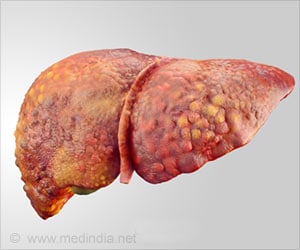Binge drinking could be a legacy of the Second World War, says a new study. But the phenomenon seems restricted to USA.

The investigators note that the U.S. differs from Europe and Australia in that a fairly large number of Americans do not drink at all, although over time, the number of non-drinkers in the U.S. is decreasing.
In a review of 31 peer-reviewed and published studies, they looked at generational and gender differences in alcohol consumption, alcohol disorders, and mortality.
Findings will be published in the December 2011 issue of Alcoholism: Clinical & Experimental Research and are currently available at Early View.
“The literature on alcohol consumption indicates that younger birth cohorts, especially women, are increasingly at risk for the development of alcohol use disorders,” said Katherine M. Keyes, PhD, a post-doctoral fellow in the Department of Epidemiology at the Mailman School and first author of the study. “Given that alcoholism among women is increasing, there is a need for specific public health prevention and intervention efforts. Further, results suggest the environment increases the risk for alcoholism. While genetics play a substantial role, the generational differences between those born before and after World War II indicate that factors in the environment such as policies, laws, social norms, availability, and broader social context also contribute substantially to the underlying risk for alcohol use disorders in the population.”
“The results on gender highlight the need for increasing research on the social etiology of alcohol use disorders,” noted Dr. Keyes. “Traditionally, gender differences are explained by biological differences in the ability of the body to metabolize alcohol and other biological mechanisms. These results suggest that the magnitude of gender differences changes over time, highlighting an important role for societal factors.”
Advertisement
A commentator responds: “I wonder how much of this is a lingering effect of prohibition. That sad experiment ironically created a culture of binge drinking in the U.S. & we went back to our English roots of drinking as much as we can as fast as we can. “The American way of drinking”, as it was known – slowly enjoying carefully constructed cocktails – died with prohibition, as did the great American art of the cocktail.”
Advertisement
Source-Medindia







